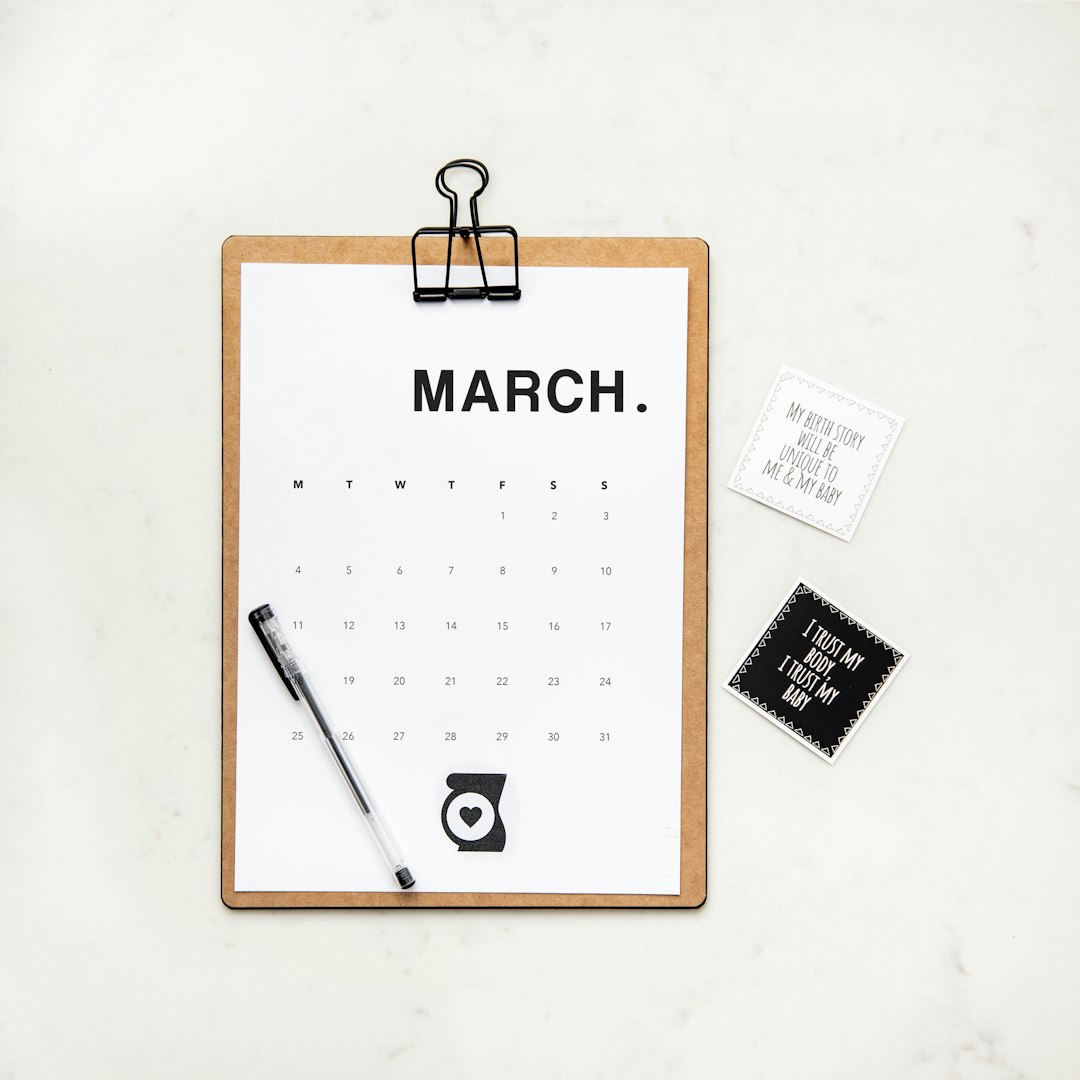Writing the Common App essay is a critical step in the college application process. One of the challenges students face is transitioning smoothly into a moment, making their essays engaging and immersive. A well-placed transition not only captivates the reader but also enhances the flow of the narrative. Here’s how you can master this skill to craft a compelling personal statement.
Why Transitions Matter in Your Essay
Transitions play a crucial role in guiding the reader through your story. When introducing a moment, an abrupt shift in narrative can make your essay feel disjointed. Instead, a smooth transition allows your audience to ease into a scene naturally, making them feel present in the experience.
Consider the following benefits of well-executed transitions:
- Enhanced readability: A clear flow makes it easier for admissions officers to follow your story.
- Stronger engagement: Smooth transitions create a cinematic effect, immersing the reader in your world.
- Clearer storytelling: Logical transitions make it evident why the moment you’re describing is important.
Strategies for Seamless Transitions
There are several techniques you can use to transition smoothly into a defining moment in your essay. Here are some of the most effective ones:
1. Use Sensory Details to Create Immersion
One of the best ways to transition into a moment is by engaging the reader’s senses. Instead of simply stating what happened, use descriptive language to make it feel real.
Example:
Before: “I stepped onto the stage and took a deep breath.”
After: “The wooden stage creaked beneath my feet as the bright spotlight cast a warm glow on my face. The hum of the murmuring audience faded into silence, and I felt my heartbeat quicken.”
The second version immerses the reader by making them hear, see, and feel the moment.

2. Use a Thought or Reflection as a Bridge
Sometimes, transitioning into a moment can be done effectively by introducing a thought or personal reflection before diving into the scene itself.
Example:
Before: “I struggled with self-doubt, but everything changed during that one soccer match.”
After: “Fear of failure had always shackled me, whispering doubts into my mind. But on that rainy afternoon, with the scoreboard tied and seconds left on the clock, something inside me shifted.”
This technique not only sets up the scene but also adds emotional depth, making the transition feel organic and engaging.
3. Start with Action
Jumping straight into action can be a powerful way to bring the reader into a moment. By using a strong verb and an immediate sense of movement, you create a dynamic and captivating entry.
Example:
Before: “I was very nervous before my debate competition.”
After: “My fingers trembled as I gripped the edges of the podium, my opponent’s voice still echoing in my ears. I inhaled sharply, steadied my stance, and raised my eyes to meet the audience.”
By focusing on action, you pull the reader directly into the scene instead of simply telling them about it.

Common Mistakes to Avoid
Now that you know how to create smooth transitions, here are some common pitfalls to watch out for:
- Overexplaining: Avoid lengthy, unnecessary explanations before transitioning into your moment. Let the scene speak for itself.
- Forcing the transition: Don’t insert a transition just for the sake of it. If it feels unnatural, revise it until it flows smoothly.
- Ignoring emotions: Transitions shouldn’t be purely mechanical; they should also reflect the emotions leading into the moment.
Final Thoughts
Mastering smooth transitions into key moments can dramatically improve your Common App essay. By using sensory details, reflections, and action-driven openings, you can make your writing more immersive and engaging. Avoid common pitfalls, practice revising your transitions, and remember—your goal is to make the reader feel like they’re experiencing the moment alongside you.
With these strategies in mind, you’re well on your way to crafting an essay that not only tells your story but makes it unforgettable.





